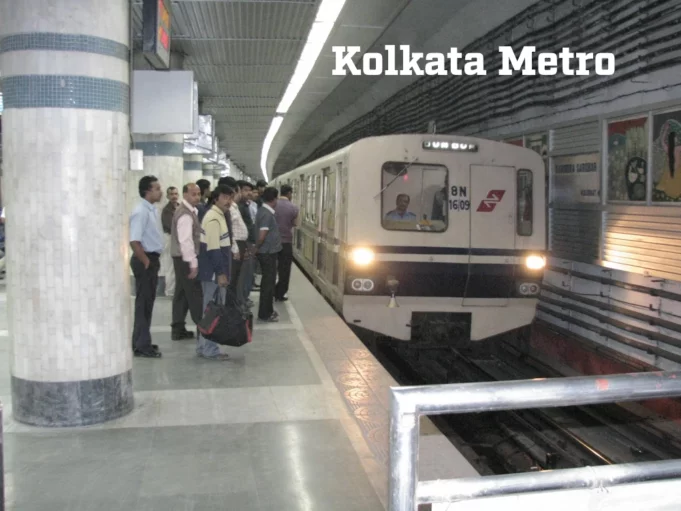In the Kolkata Metro Railway system, the power for the metro trains is currently provided through a steel Third Rail, which supplies 750V DC to the rolling stock. This rail runs parallel to the tracks. A device called the Third Rail Current Collector (TRCC) mounted on the metro train collects the current from this rail. This steel Third Rail technology has been in use for the past four decades in Kolkata Metro.
However, the Kolkata Metro Railway has now decided to switch from the traditional steel Third Rail to a modern composite Aluminium Third Rail. This change will be implemented in all the upcoming metro corridors that are currently under construction, and the existing corridors. This move will align Kolkata Metro Railway with other prestigious metro systems in cities like London, Moscow, Berlin, Munich, and Istanbul that have already made the transition to Aluminium Third Rail.
To take up this project, Kolkata Metro Railway has floated a tender. Accordingly, the first phase of this transition will cover the section between Dumdum and Shyambazar. The second phase will cover the Shyambazar to Central section, followed by the J D Park to Tollygunge section, and finally the Mahanayak Uttam Kumar (Tollygunge) to Kavi Subhash (New Garia) section. In this way, the entire 35 Rkm (Route Kilometers) of mainline steel Third Rail will be replaced in four stages.
The decision to transition from steel Third Rail to Aluminium composite Third Rail offers several advantages. These include a reduction in resistive current loss and improved traction voltage levels due to the lower resistance of Aluminium compared to steel. This shift also leads to reduced capital investment, as fewer Traction Substations are required for a given corridor length, resulting in potential savings of around Rs. 210 crore for a 35 km metro corridor. Moreover, the improved electrical efficiency facilitates faster train acceleration and reduces maintenance costs, as the need for frequent repainting and dimensional measurements is diminished. This transition will enhance overall train operation efficiency, energy efficiency, and significantly lower the carbon footprint. It is estimated that using composite Aluminium Third Rail could save around 6.7 million units of energy annually. Additionally, the switch is anticipated to improve the scheduling of train services, resulting in better train frequency.
At present, the Rail Vikas Nigam (RVN) is overseeing the Kolkata Metro Rail Phase II project, which has an estimated cost of Rs 12,398 crore. This project involves the creation of four railway lines, each covering different routes and lengths, thus expanding the metro network further. This phase is expected to be completed by March 2026.
In August 2023, Larsen & Toubro secured a contract worth Rs 2,447 crore for the design and construction of an underground metro railway section spanning from Mominpur to Esplanade. This section covers a distance of 5.05 km and includes four underground stations: Khidderpore, Victoria, Park Street, and Esplanade.
Photos: Indian Railways












